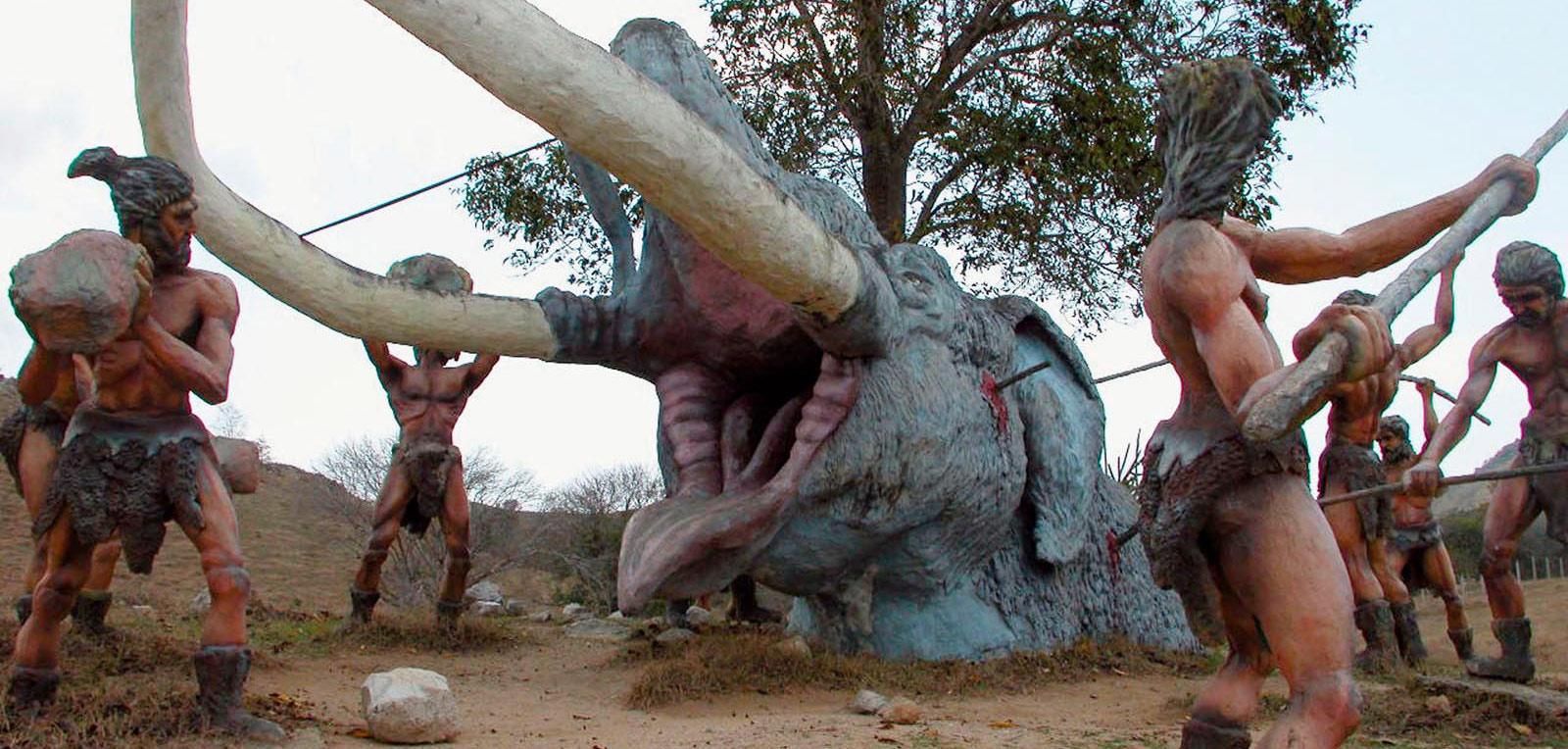
Nature rich in biodiversity, mountains, beaches, historical, cultural values and instructive recreational areas can be found in the Baconao Biosphere Reserve, on which grounds is the park of the same name, one of the most visited sitesin Cuba by national and foreign travelers.
In this eastern Cuban territory, man's hand has been careful to preserve an adequate balance between his presence and the natural environment, which has been recognized internationally.
With about 84,900 hectares, the reserve is located in the provinces of Santiago de Cuba and Guantánamo, and its main elevation is the Gran Piedra (Big Rock), famous in the country, with 1,226 meters above sea level, crowned by a huge block of volcanic gap.
The flora is made up of more than two thousand species, with around 270 flowering plants and 27 endemic ferns; while the fauna, also abundant, stand out beautiful butterflies, with 120 species, 63.5 percent of those reported in Cuba, 42 of them endemic.
In its 2,115 marine hectares there are several beaches bathed by the Caribbean Sea that are worth visiting. From a historical-cultural point of view, there are traces of the pre-Colombus era in the region and traces of coffee plantations that French settlers from Haiti established at the end of the 18th century, after the uprising of slaves in the nearby Caribbean territory.
Declared by Unesco a World Heritage Site, this area boasts Baconao Park, which occupies a large part of the reserve's surface, about 20 kilometers from the city of Santiago de Cuba, a variety of attractions awaits the visitor.
Among them, a Valley of Prehistory, with more than 200 large sculptures representing dinosaurs, mammoths and other species that populated the earth millions of years ago, in life size, as well as a 12 meter high image of the Cro-Magnon man. and hunting scenes between animals and humans. In the park's aquarium you can get to know the marine fauna of the Caribbean, through a 30-meter tunnel under the sea from which the species can be appreciated in their own habitat, and the Museum of Land Transport exhibits more than two thousand vehicles in miniature, along with a sample of life-size vintage cars. The Baconao lagoon, of four square kilometers, is conducive to boat rides or water bicycles, or to appreciate the reproduction of a Taino aboriginal village, in a territory that always invites you to return.